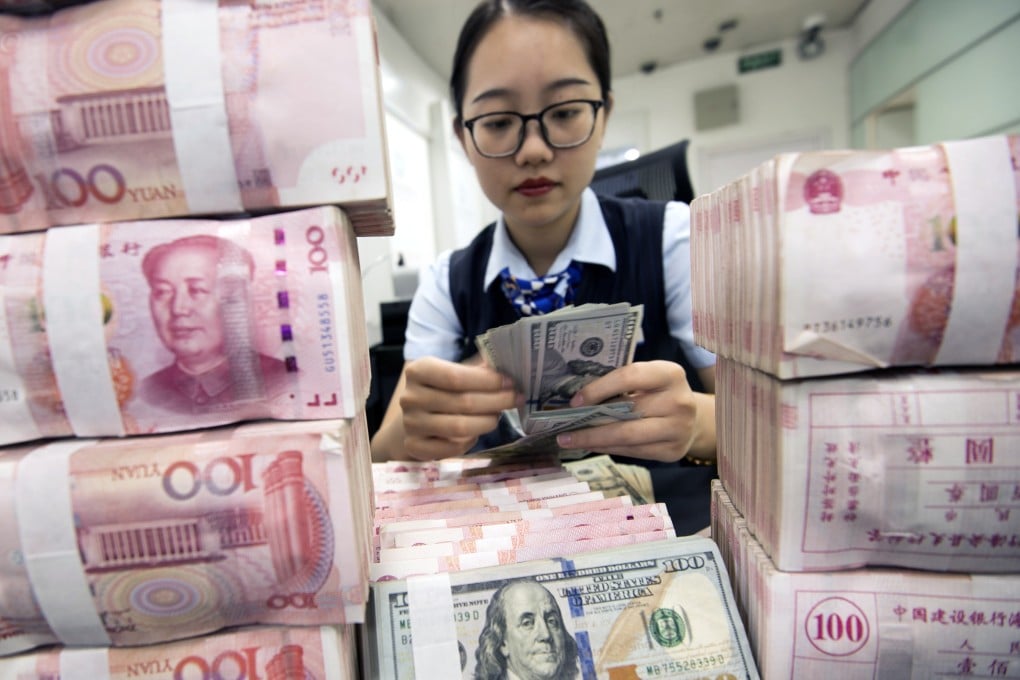Explainer | What does China’s September loan data mean for the economy and the yuan?
- Banks in China extended 1.9 trillion yuan (US$283 billion) in new yuan loans in September, up from 1.28 trillion yuan in August
- China is projected to be the only Group of 20 nation to record positive economic growth in 2020, according to the International Monetary Fund

China’s central bank published its monthly money supply and bank lending data on Wednesday, showing the People’s Bank of China’s efforts to walk a delicate balance between facilitating an economic recovery and avoiding excessive stimulus.
What was September’s monetary and credit data, and why does it matter?
Banks in China extended 1.9 trillion yuan (US$283 billion) in new yuan loans in September, with banks having been instructed to help the “real economy” hit by coronavirus.
The amount of loans in September marked a significant increase from 1.28 trillion yuan in August and 1.69 trillion yuan from a year earlier.
Aggregate financing, which measures fund flows from the financial sector to non-financial sectors in forms of loans, bonds and trust investment plans, amounted to 3.48 trillion yuan last month, only slightly lower than August’s figure of 3.58 trillion yuan.
China’s broad money supply of M2 expanded 10.9 per cent last month.
These figures combine to paint a broad picture of how easy or difficult it is for Chinese companies, households and local governments to obtain credit support.